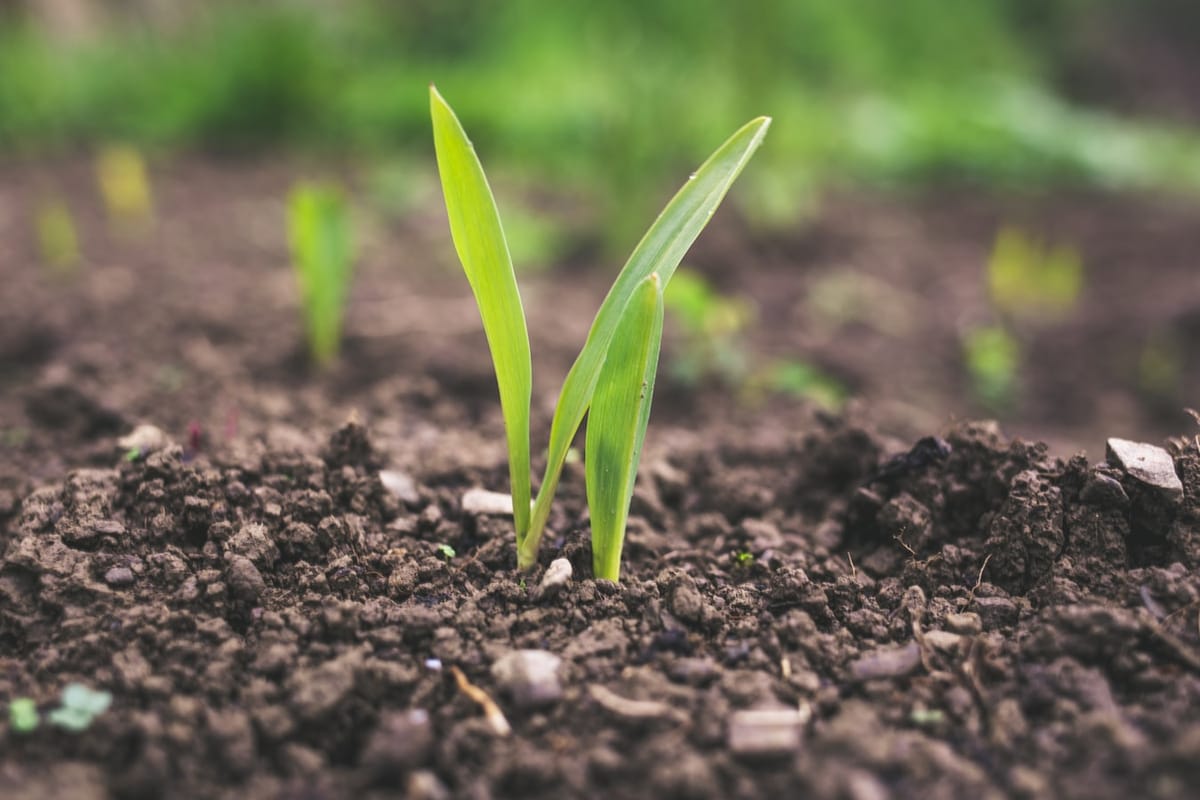Regenerative agriculture – does it work?
Sustainability Editor Monami Miyamoto discusses the results of studies from General Mills and Danone to understand the potential of regenerative agricultural techniques.

Have you ever considered the true impacts of your food consumption choices? Do you know where and how your food was grown, processed, and brought into your local supermarket?
Current commercialised approaches to food production tend to involve the heavy use of pesticides, fertilisers, and other chemicals, which, in the long run, renders our soils unusable, leaves wildlife distraught and reduces the nutritional quality of our food. Factory farming of livestock also has issues such as waste mismanagement, methane emissions, and unethical treatment of animals. With the predicted increase in the global population to 11 billion by 2100, there is an urgent need for us to rethink the way we relate to and manage the food system.
Regenerative agriculture offers one potential solution to the problems mentioned above. At the heart of regenerative agriculture is an effort to build a sustainable food production system that nurtures rather than destroys nature. It's not just about limiting human footprints but also about using agriculture to enhance the ecosystem. The specific strategies can vary, but in essence, they tend to focus on maintaining good soil health, implementing effective water management, limiting chemical use, and integrating livestock in a way that maximises their potential as ecosystem engineers. Some examples include:
- Crop-rotation systems: Naturally prevent crop-specific pest infestations
- Regenerative grazing/biodynamic farming: Involves moving livestock around patches of land to use their manure as natural fertilisers
- Agroforestry: Combines forestry and agriculture, which improves soil quality and enables trees to regulate soil erosion.
At the heart of regenerative agriculture is an effort to build a sustainable food production system that nurtures rather than destroys nature.
The big question: does it really work?
Large companies such as General Mills and Danone have been conducting 2-3 yearlong pilot studies to research and quantify the impacts of regenerative agriculture. In the Danone study, 64% of the 82,000 acres of farmland used for investigation implemented cover-crop farming, 77% used no-till approaches, and the variety of crop species doubled. Although three years is not sufficient to gain a comprehensive long-term insight, it is a good starting point, and the research will be ongoing for several more years. Data to this point, however, suggests that it significantly reduced CO2 equivalents by 80,000 tonnes and sequestered 20,000 tonnes of carbon into soils. They also discovered that not every method works for every farm. Instead, it's vital to gain a better understanding of what determines the efficacy of some strategies over others under specific contexts. General Mills is doing a similar study focusing on bird and insect biodiversity and soil carbon levels.
These pilot studies are invaluable, not just to quantify the benefits of regenerative agriculture but also build the connection between researchers and farmers. Scientists can learn about practical issues associated with regenerative agriculture that may be faced by those working on-site, and farmers can also understand why and how their production methods make a difference. Ultimately, it is up to the farmers to decide how they produce their food and switching to regenerative agriculture requires both anecdotal evidence and actual data with proof of investment return.








